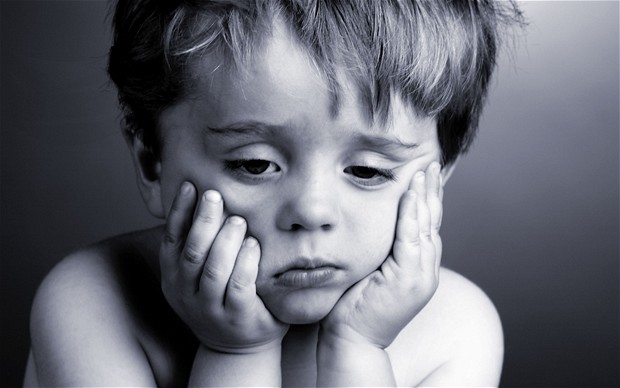Iron is one of the most important nutrients when it comes to growth & development of toddlers & young kids. Lack of iron in regular diet can lead to anemia & if untreated can cause a lot of health troubles. Iron is responsible to help move oxygen from lungs to rest of the body thus should always be included in one’s daily food. In toddlers, sometimes even too much dependence on mother’s milk or animal milk & less intake of balanced solids can lead to depletion of iron reserves in body.
So, how do we identify if our kids have an iron deficiency & what do we do to ensure that they don’t?
First let us have a look at what are the signs & symptoms that might indicate towards iron deficiency-
- The skin looks pale.
- The child experiences fatigue quiet often.
- The frequency of falling sick & catching infections is high.
- There is a sudden decrease in height & weight growth.
- The child has a poor appetite.
- The child experiences rapid breathing in general.
- The child feels irritated & cranky more than usual.
- The child craves for unusual things like dirt, chalk, crayons, ice etc.
So, if you feel your child has any or multiple of these symptoms, the first thing to do is to consult the pediatrician immediately & get an iron deficiency screening done. If the kid is anemic, the doctor will take on from there on.
But is there anything that we as parents can do to ensure that our kids don’t reach this stage? Few simple dietary changes or maintaining a healthy diet can ensure that the iron levels are optimal. Let’s look at some of these simple yet effective changes.
- After the age of two, no human being required full cream milk. Move to toned milk & include other dairy such as curd, paneer, cheese etc. to daily diet.
- Iron rich foods such as spinach, broccoli and other green leafy vegetables, beans & legumes, sprouts, red meat, chicken and fish – at least 2 portions of these should be included in a day’s meal plan.
- Include dry fruits in regular diet. Dry fruits such as peaches, prunes, raisins, pears, figs, apples etc. are rich in iron.
- Include fruits, vegetable & juices rich in vitamin C in daily diet. Vitamin C helps in absorption of iron from the regular food, thus till the age of 5 it’s recommended that kids should be given at least one serving of citrus fruit or their juices daily. Other sources of Vitamin C include cantaloupe, strawberries, bell pepper, tomatoes and dark green vegetables.
Starting early is always better than later on giving supplements & medicines. Thus offer fruits & vegetables from the time you start solids. This would ensure that kids get into a habit of eating healthy from early on in life. Starting early also means that you maintain your iron levels during pregnancy & breastfeeding, thus all the above mentioned dietary changes apply to pregnant & lactating mothers as well.
Shalu Sharma Rathod, EECE Expert, ProEves
Additionally here are some ways to makes sure your child is getting enough iron.

